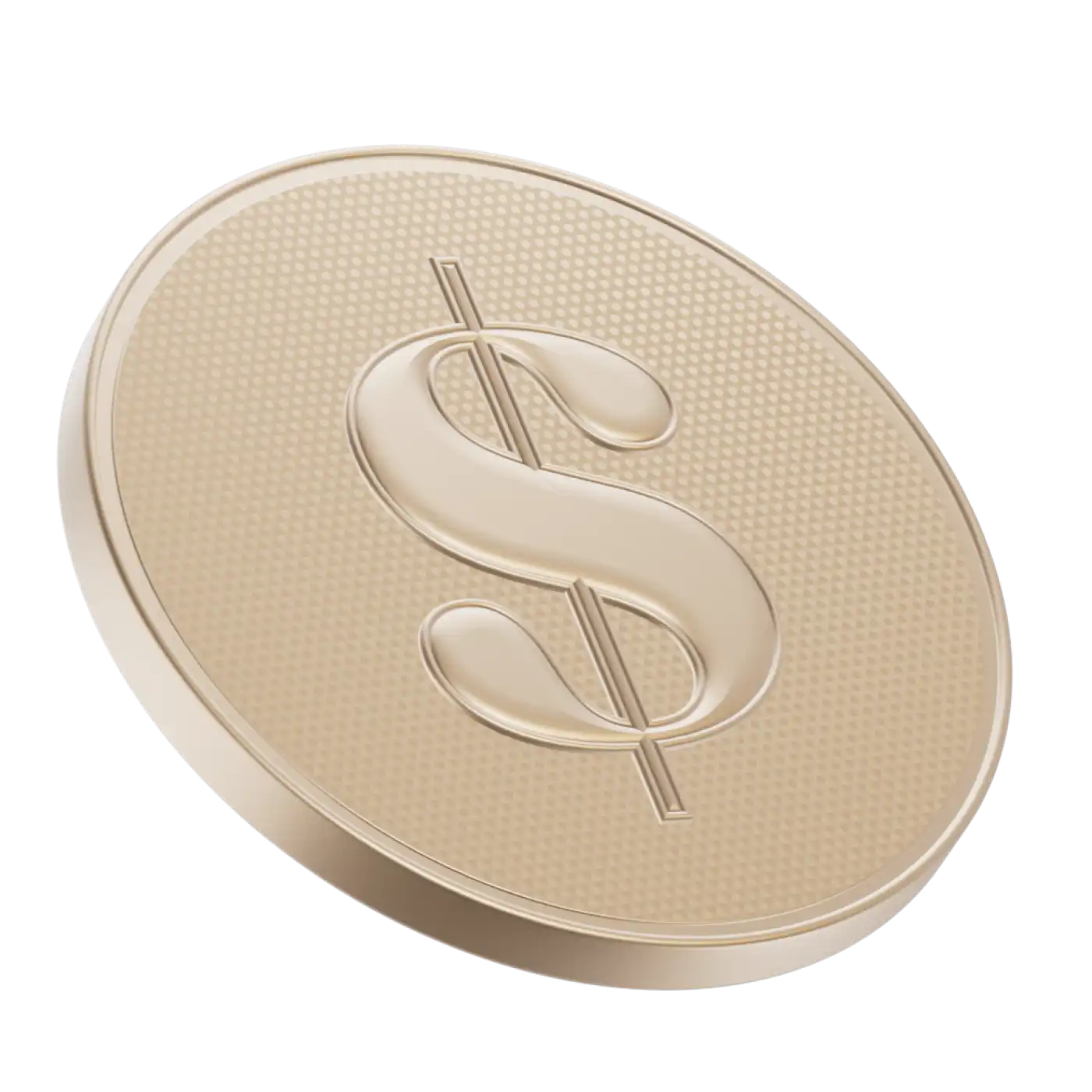Options come with their own specific language, and before you start trading, you’ll want to make sure you can speak it. (If you already know that an Iron Condor is not a member of the Marvel Cinematic Universe and is in fact a complicated way to trade options, you probably don’t need this article. For anyone else, read on.)
Put options: Buying put options gives you the right to sell an asset at a particular price. You buy a put option when you think a stock price is going to fall, which makes it a bearish strategy.
Call options: The opposite of a put. Buying call options gives you the right to buy an asset at a particular price. It’s used by investors who think a stock price is going to go up, which means it’s a bullish strategy.
Expiry date: The date by which you can exercise or sell-to-close option contracts. The time before expiry can range from a single week to as many as three years. Sometimes this will be expressed as the acronym DTE (days to expiration).
Strike price: The agreed-upon future purchase or sell price of the option’s underlying asset.
Premium: How much an option will cost you to purchase. Though premiums are quoted per share, they are generally bundled and sold in increments of 100 shares per contract. So if the premium is $5.50, those options will cost you $550 per contract.
In-the-money: In-the-money — or “ITM” if you’re texting with someone in a Patagonia vest — means that an investor would profit from exercising an option, since the price of the underlying stock is above (in the case of a call) or below (in the case of a put) their chosen strike price.
Out-of-the-money: This one’s easy: the opposite of in-the-money.
At-the-money: Neither in-the-money nor out-of-the-money. The underlying stock price might be hovering around the same strike price of your option.
Breakeven: The amount the underlying stock needs to move for you to break even on an options trade after taking into account the premium you have paid.
Early exercise: If you want to follow through on the right to buy or sell the underlying stock (instead of selling the option), you exercise the contract before 4 p.m. on or before the expiration date. This means either taking delivery of the stock (in the case of a call) or delivering the stock (in the case of a put).
Auto-exercise: A feature offered by options brokerages that will automatically exercise your option if you don’t sell or close it out before 4 p.m. on expiration day and it is in-the-money by $0.01 or more. To avoid having your option auto-exercised — say you’re in the money, but not by enough to recoup the commission cost — you need to either sell or close your position, or make a special request to the broker before 4 p.m.
Bid, ask, and spread: A bid is how much traders are currently willing to pay for an asset (in this case an option), an ask is how much sellers are willing to take to part with it for, and the spread is the difference between the two. The spread can sometimes be wider for options than for stocks, which may make it harder for you to sell an option than a stock.
Mark: That college friend you really should call. Those were fun times. Also: the midpoint (or mid-market) between the bid and the ask. It’s often quoted as the best measure of value.
High: The highest price at which a given security has traded over the current or last trading day.
Low: The lowest price at which a given security has traded over the current or last trading day.
Last trade: The price at which an asset was bought or sold in its most recent transaction.
Volume: The total number of options contracts being traded over the current or last trading day.
Open interest: The total number of option contracts that are currently active, meaning they have yet to be closed or exercised.
Time value: How much time there is between now and the expiry date. This time value will be factored into the price you pay for an option contract: the more time until expiration, generally the higher the cost. Time value is one of the two main factors that make up an option’s extrinsic value. The second one is implied volatility.
Implied volatility: An estimate of how much a stock will fluctuate over the life of an option. The number is reflected as a percentage. The higher it is, the more movement is expected — meaning there’s a higher chance of profit (or loss) — and the more the option will be worth. Implied volatility typically increases with market expectations for risk and general demand for options.
Intrinsic value: Intrinsic value is calculated by deducting the strike price from the current market price. Together with extrinsic value, intrinsic value is used to calculate an option’s price. If an option is out-of-the-money, then there will be no intrinsic value, only extrinsic value.
Extrinsic value: Time value and implied volatility make up extrinsic value, which is the difference between the option’s intrinsic value and its price. Extrinsic value declines as an option approaches expiration.
Short: When buying a call or put, you are opening a long option contract. That means you have the right, but not the obligation, to buy or sell the security. When selling a call or put, you are opening a short contract, which means you are now obliged to fulfill the option contract obligations.
Assignment: When an investor is short an option (see above), their obligation to fulfill the contract is done through a process called assignment, where they are required to deliver (in the case of a short call) or take delivery (in the case of a short put) of the underlying stock.
LEAPS: An acronym for long-term equity anticipation securities. These are basically really long-dated options with expiries of more than one year.
Feeling good about how well you know options vocabulary? Then it’s time to familiarize yourself with options greeks. Good luck!



